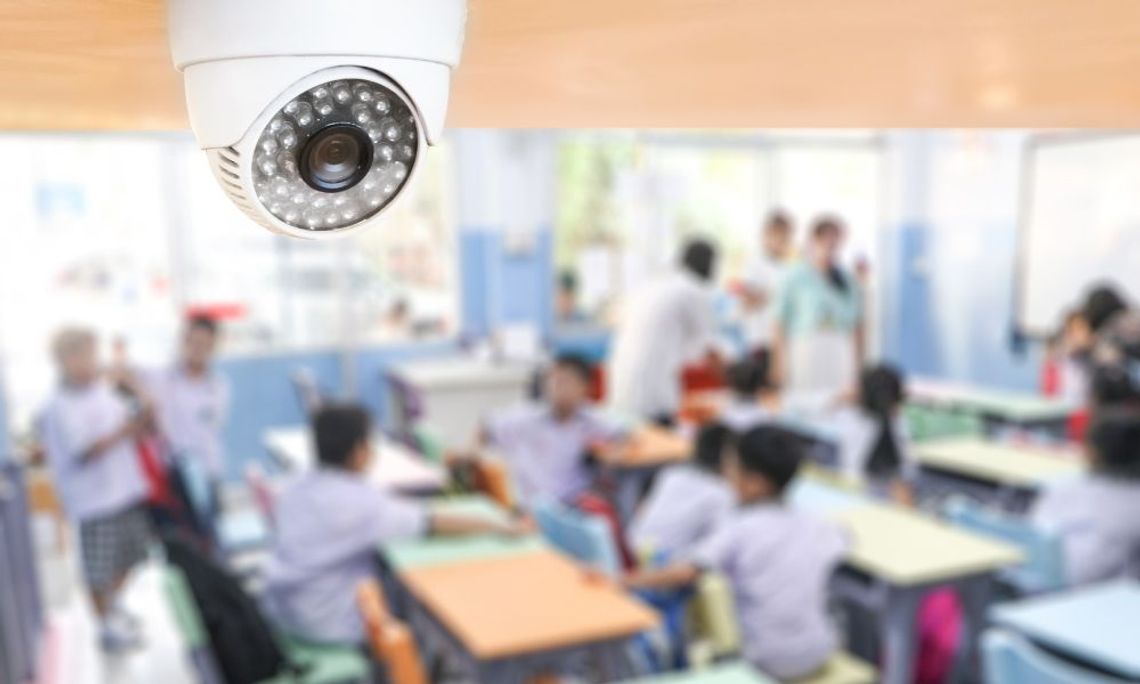No matter how old your students are, they need a space to learn that enriches and encourages their growing brains. Make your classroom a safe haven for the kids and remove any emotional obstacles to learning. When you know how to build a safe learning environment at school, your students will thank you for your diligence and care.
Practice Active Listening
Many conversations fall flat when the speaker realizes that the others in the room are only waiting for their turn to speak. Encourage students to listen actively, with the intent to understand rather than to respond. Everybody in the classroom will benefit from active listening, and students will feel more comfortable voicing concerns when they know that you and their peers want to understand them.
Create a Routine
Kids and adults alike feel more at ease in environments with some predictability. Write the day’s schedule on the board every morning, and have a morning meeting with your students where you review the assignments and activities for the day. Students will feel emotionally safer if they know what to expect in their school day.
Practice Security Measures
You and your students will be able to focus on your emotional safety and well-being more easily if you feel that you are physically safe. Consider the ways that security technology can make schools safer and keep the premises protected against unauthorized entrants. Learn how all that security tech works, from panic buttons to camera surveillance, and practice drills with your students per the school’s guidance.
Prioritize Inclusivity
One of the most important ways to enforce a “safe space” in your classroom is to create a culture of inclusion and watch out for signs of bullying. Encourage students to socialize with peers who are different from them. Assign group projects that get kids out of their comfort zones while listening with empathy to their concerns. Be clear about your no-tolerance policy for unkind words and bullying behavior.
Be Flexible
In education, one size certainly does not fit all. Different teaching methods will resonate differently with each child, and some won’t work at all. For example, if a hands-on project causes undue distress to a student with sensory issues, be ready to offer them an alternate method of learning.
Make your classroom a welcoming space for all your students, no matter what headspace they’re in. Create a safe learning environment for them at school by prioritizing physical and emotional well-being all day long.


Comment
Comments